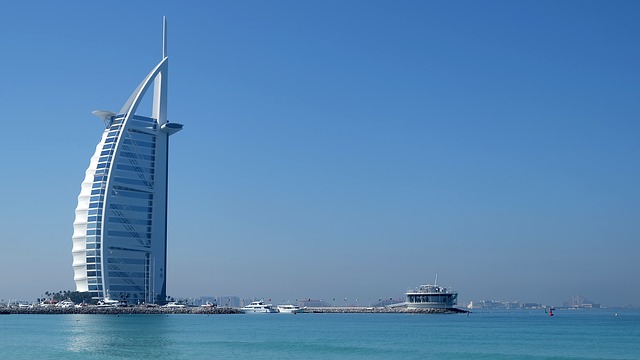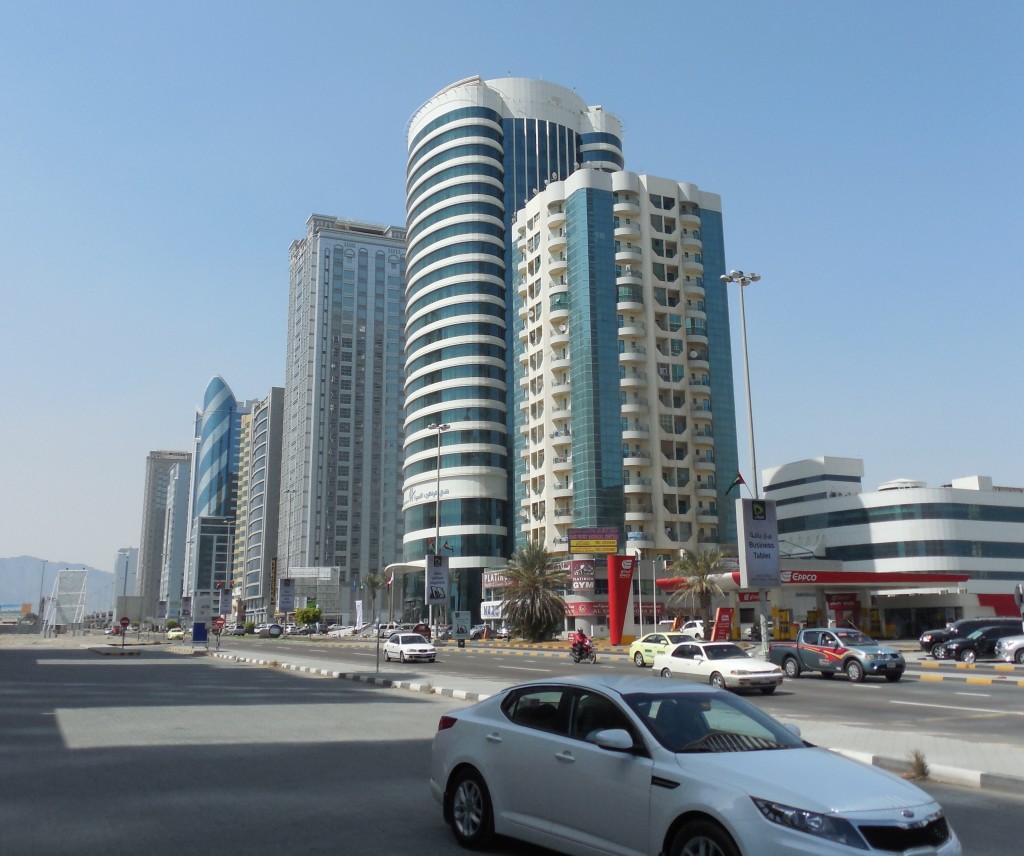The World Bank recognized the United Arab Emirates as the best place in the Middle East to do business. Among the cities of the world it was ranked 21st.
The ranking is based on a study conducted by the World Bank. According to the study the rise to first place of the UAE was due to its economic policy reforms enacted over the past year which reduced bureaucratic hurdles for business. Four significant reforms were undertaken, including improved construction quality control and shortening the time to get building permits.
The World Bank added that during the course of the 15 years in which it has ranked cities for their business friendliness, the UAE has made the largest number of changes to its business structures in the region, with a total of 33.
Other countries in the Gulf ranked as follows:
• Bahrain-66th
• Oman-71st
• Qatar-83rd
• Saudi Arabia-92nd
• Kuwait-96th

